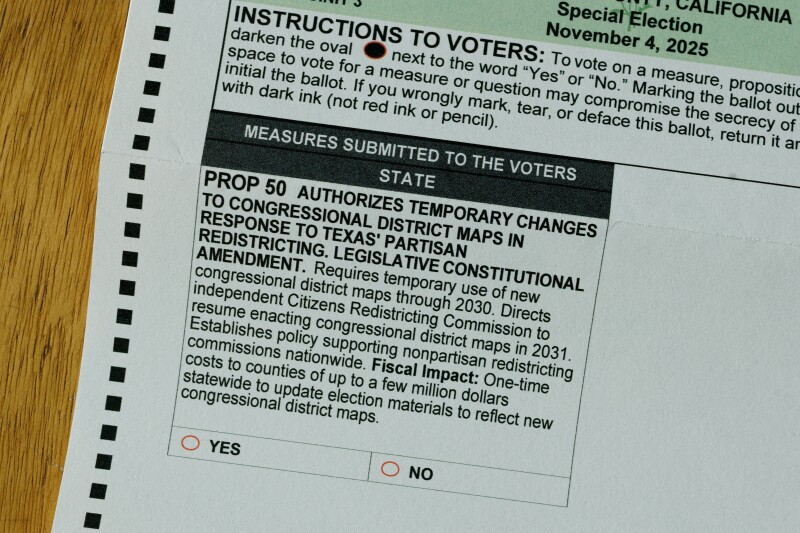On November 4, 2025, California voters will cast their ballots on Proposition 50, a contentious redistricting initiative. This measure aims to reshape congressional districts in response to Texas’s recent redistricting efforts, which critics claim disproportionately benefit Republicans. The estimated cost for this special election could reach as high as $200 million, raising eyebrows about the financial implications for taxpayers.
According to a recent Emerson College Poll, support for Proposition 50 is substantial, with 57% of likely voters in favor, while 37% oppose it, and 6% remain undecided. Interestingly, the poll revealed that even among supporters, 11% expressed doubts about the wisdom of mid-decade redistricting, indicating a sense of reluctance about the initiative.
Criticism of Proposition 50’s Intentions
Ruben Navarrette, a prominent commentator, has voiced strong opposition to Proposition 50, arguing that it may exacerbate existing issues rather than alleviate them. He contends that Californians are caught in a cycle of poor choices, often supporting flawed measures due to fear of worse alternatives. Navarrette recalls the establishment of an independent commission in 2008, designed to handle redistricting fairly. He believes that Proposition 50 undermines this effort, as its backers seem to disregard the independent commission’s authority in favor of a more politically expedient solution.
Navarrette draws parallels between California and Texas, where redistricting is controlled by a Republican-majority legislature. He notes that Texas recently redrew five congressional districts to favor Republicans, despite four of these districts being majority Latino. He criticizes Texas Republicans for their misunderstanding of Latino voting patterns, suggesting that the political landscape may shift back towards Democrats in the coming years. This shift, he believes, will occur even in new districts designed to benefit Republicans.
Implications for California’s Political Landscape
In California, where approximately 40% of the population identifies as Latino, Proposition 50 is perceived as an attempt by Democrats to strengthen their foothold in Congress. Navarrette warns that this strategy may backfire, leading to a further erosion of support among Latino voters for the Democratic Party. He argues that while Latinos may not fully embrace the Republican party, they are increasingly disenchanted with the Democrats, particularly in light of recent immigration policies.
Navarrette emphasizes that the current redistricting system is flawed, and he challenges the effectiveness of bipartisan tactics to rectify it. He suggests that a more straightforward approach would involve engaging directly with Latino voters to understand their needs, rather than relying on political maneuvering to secure electoral advantages. This, he believes, would foster a more genuine connection between elected officials and the communities they represent.
The upcoming vote on Proposition 50 not only highlights the complex dynamics of political representation in California but also raises significant questions about the future of redistricting in the United States. As voters prepare to make this costly decision, the implications of their choice will resonate far beyond the November ballot.







